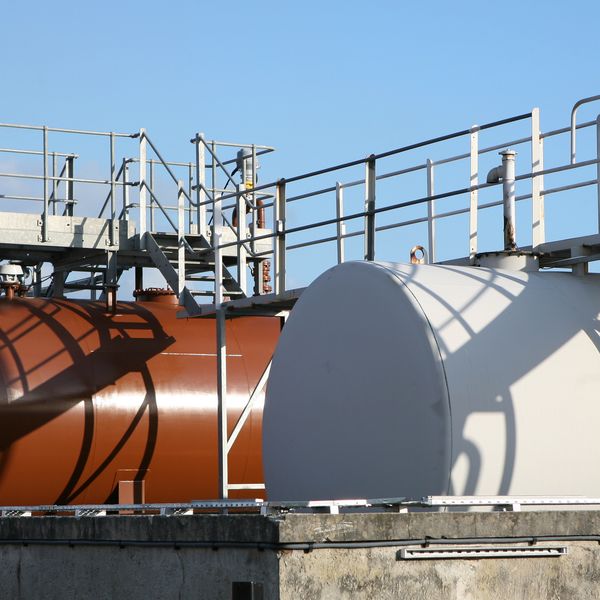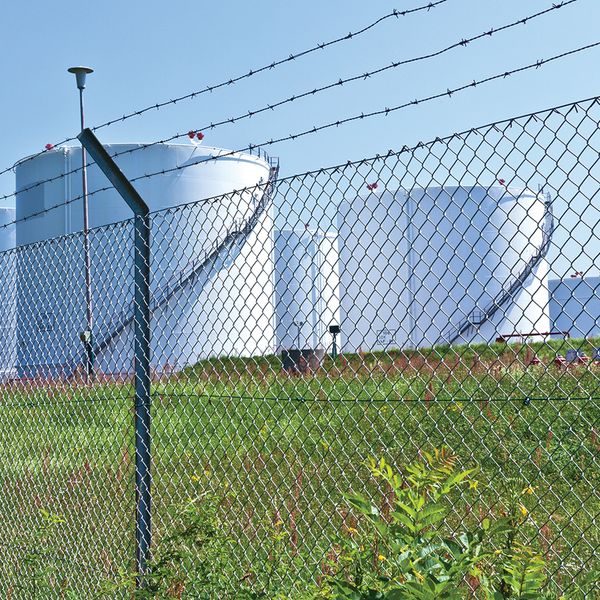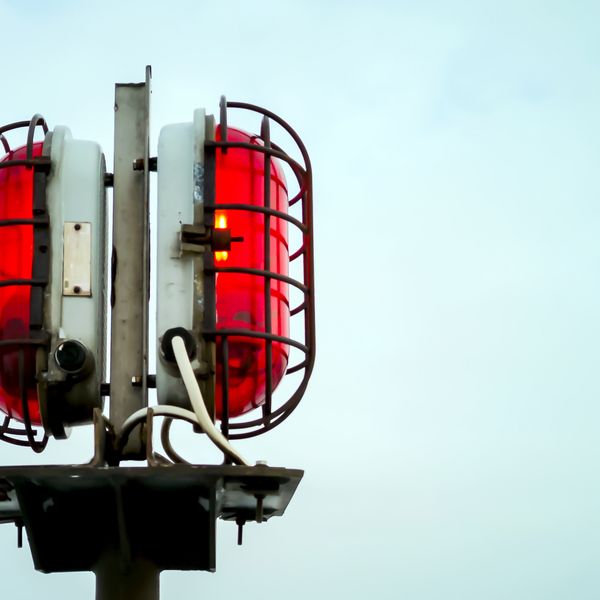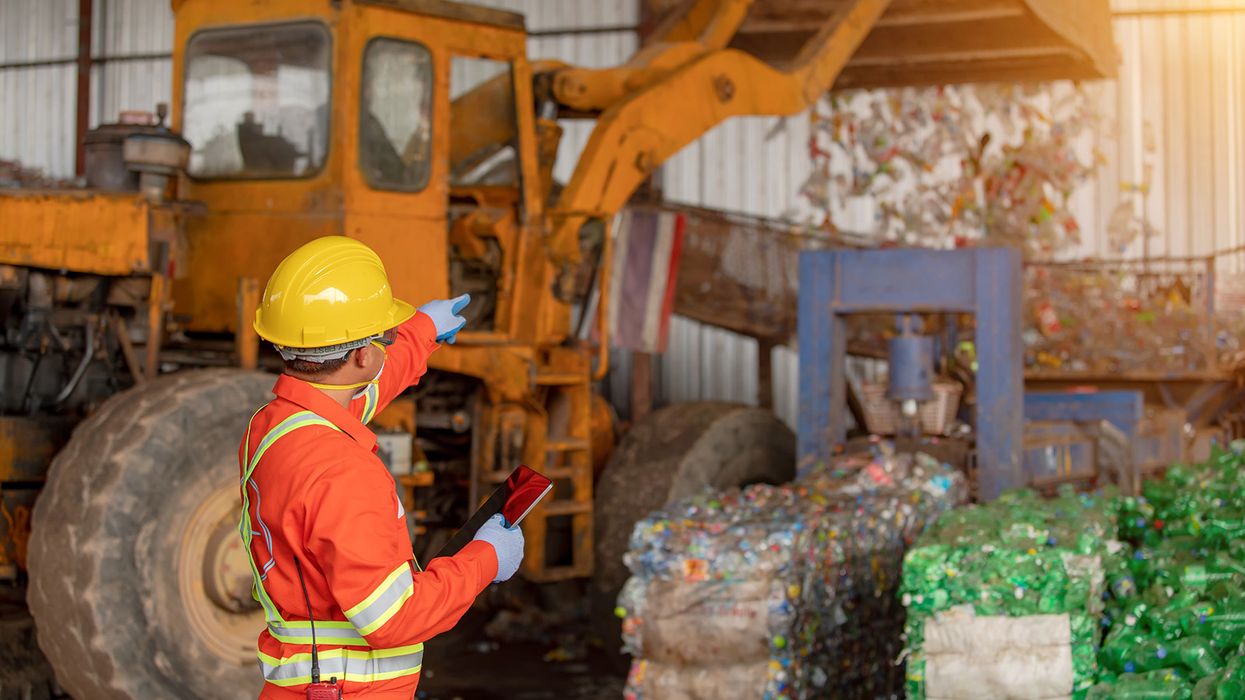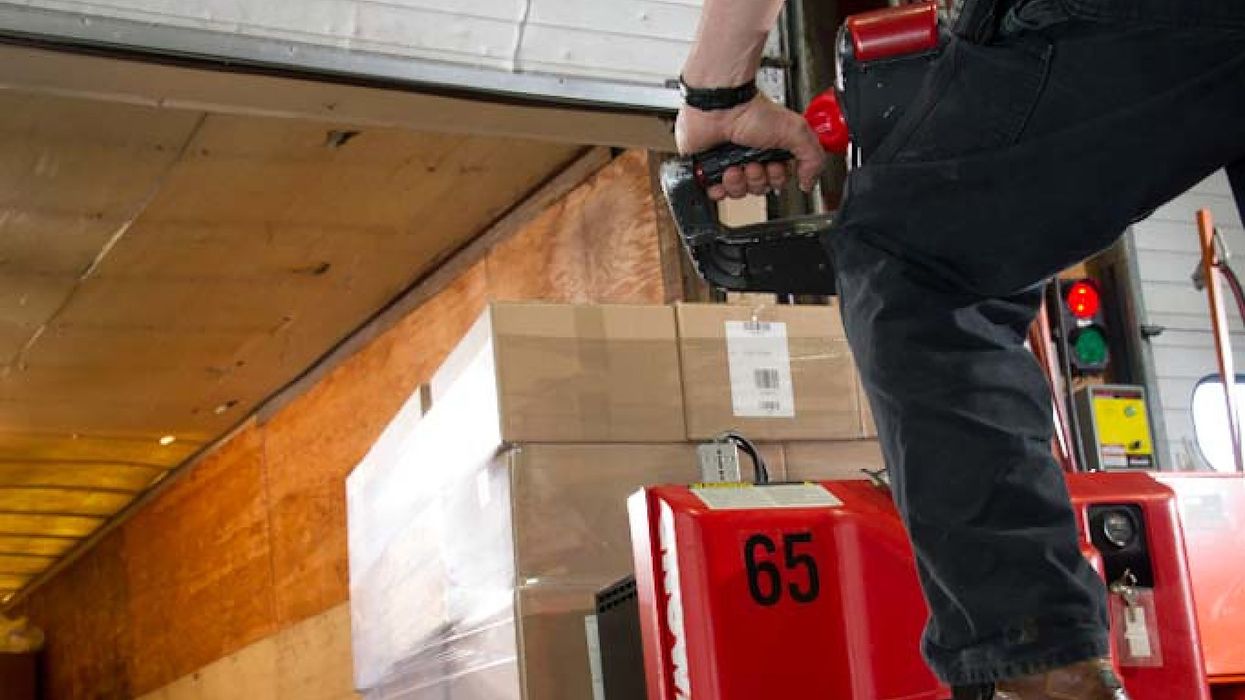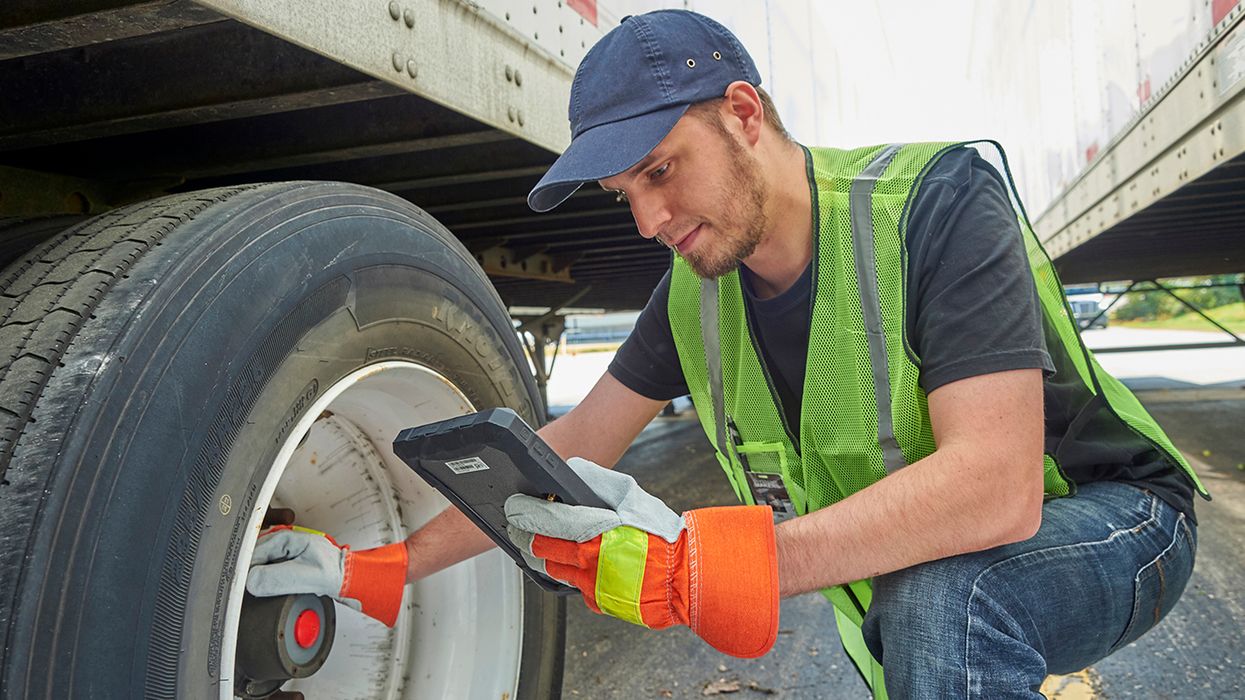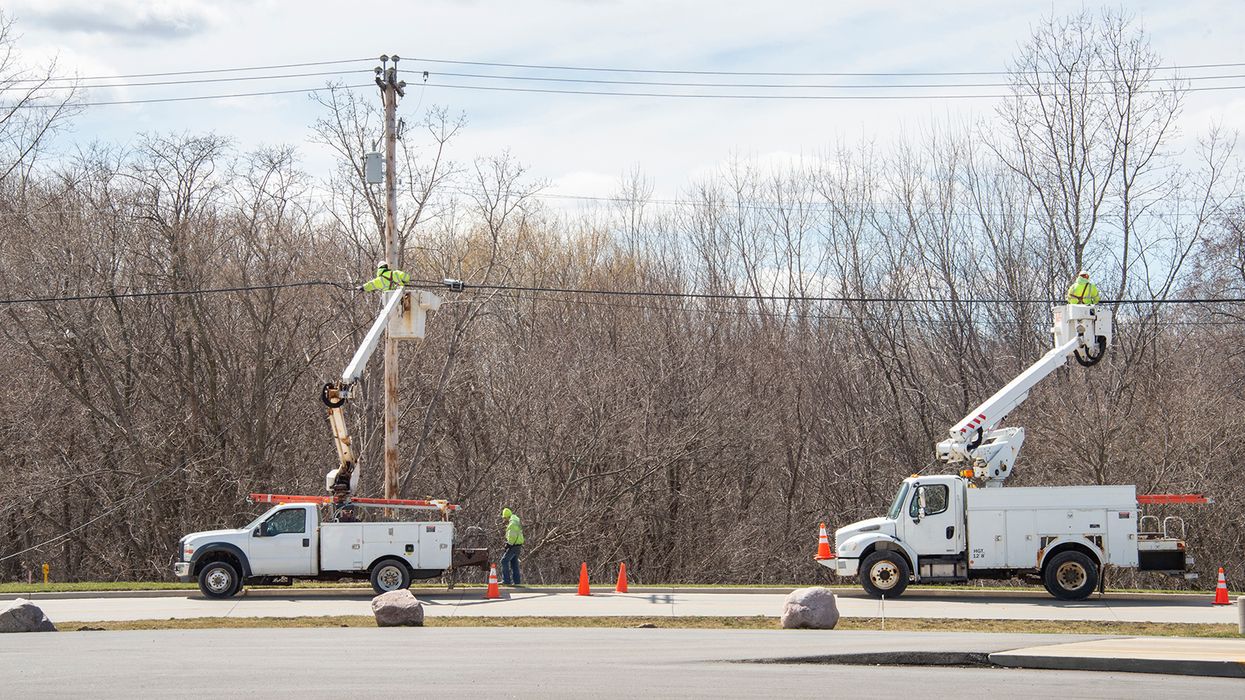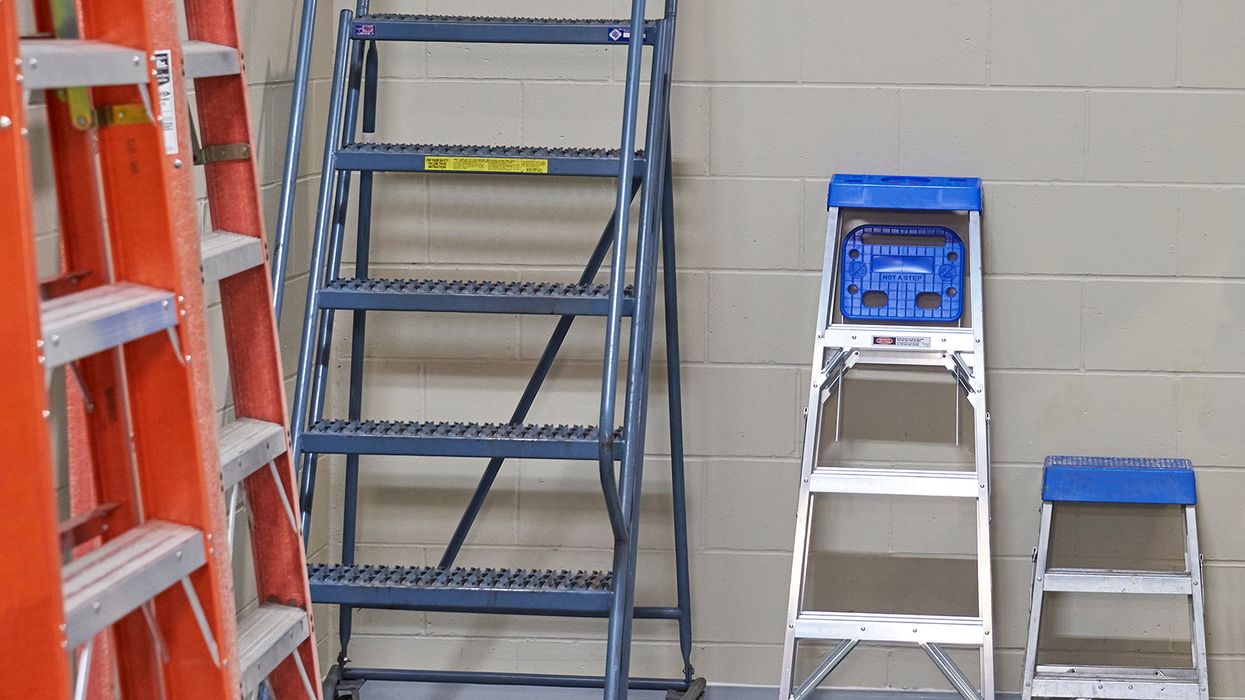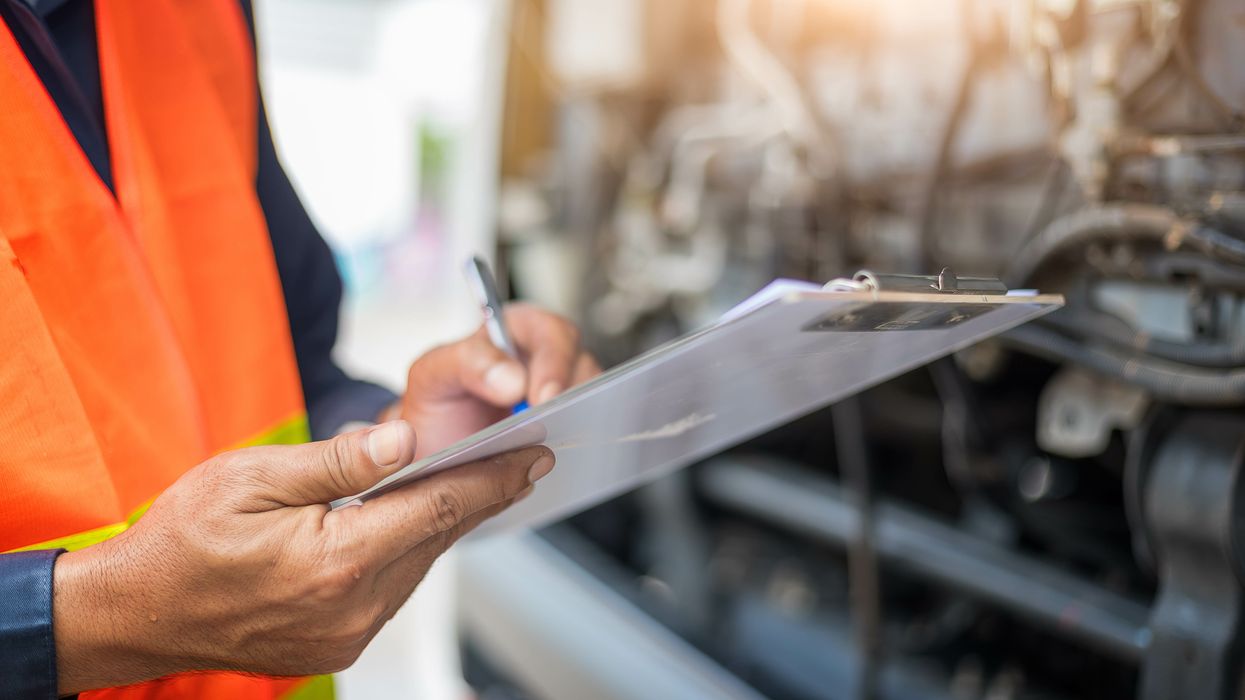The spill on tiers for SPCC Plans
When it comes to oil spill prevention, it’s a good thing to be in “tiers.” Why? It’s because Tier I or Tier II qualified facilities have simplified requirements for the Spill Prevention, Control, and Countermeasure (SPCC) Plan.
The Environmental Protection Agency (EPA) requires facilities subject to the SPCC rule (40 CFR Part 112) to develop and implement a plan that describes how they will use operating procedures, control measures, and countermeasures to prevent oil spills from reaching navigable waters or adjoining shorelines. Typically, SPCC Plans must be certified by a professional engineer (PE), but qualified facilities can self-certify the plans.
Let’s compare Tier I and Tier II qualified facilities.
Qualified facilities
A qualified facility:
- Has a total aboveground oil storage capacity of 10,000 gallons or less, and
- Hasn’t had over the past three years either:
- One oil discharge greater than 1,000 gallons, or
- Two oil discharges greater than 42 gallons each within any 12-month period.
The SPCC rule identifies two types of qualified facilities:
- A Tier I qualified facility has no aboveground oil containers greater than 5,000 gallons.
- A Tier II qualified facility has an individual aboveground oil container greater than 5,000 gallons.
SPCC Tier Tip: EPA provides a fact sheet (Spill Prevention Control and Countermeasure (SPCC) Plan Qualified Facilities Applicability) to help facilities determine eligibility as a qualified facility and (if applicable) which tier applies.
What are the similarities?
Tier I and Tier II qualified facilities are subject to many of the same requirements for SPCC Plans, including basic requirements, certification, and updates to qualification changes.
Basic requirements
All qualified facilities have to develop and implement a written SPCC Plan. Each plan is unique to the facility, but all plans must include:
- Operating procedures to prevent oil spills;
- Control measures to prevent oil spills from reaching navigable waters or adjoining shorelines; and
- Countermeasures to contain, clean up, and mitigate oil spills that reach navigable waters or adjoining shorelines.
Certification
The primary similarity is that Tier I and Tier II qualified facilities may self-certify their SPCC Plans and amendments to the plan.
SPCC Tier Tip: Some states may not allow self-certification. EPA recommends checking with the state engineer licensing board to determine whether SPCC Plans can be self-certified.
Qualification changes
When the status of a facility changes, the owner or operator must prepare and implement an SPCC Plan according to the requirements that apply to its new designation within six months.
Tier I facilities may still be able to self-certify if they meet the Tier II criteria; if so, these facilities can comply with the Tier II rules. However, facilities that are no longer eligible as qualified facilities have to comply with the full SPCC Plan requirements, including obtaining PE certification of the plan.
What are the differences?
The primary difference between Tier I and Tier II facilities is the extent of the SPCC Plan. Additionally, Tier II facilities may employ certain alternative spill control methods.
Type of SPCC Plan
Tier I qualified facilities may use the template in Appendix G of Part 112 as their SPCC Plan. It’s a simplified plan that only contains the requirements applicable to Tier I facilities.
These facilities must also:
- Add failure analysis to the plan (including predicted directions and total quantity of oil that could be discharged for each major equipment failure) if there’s a reasonable potential for equipment failure;
- Install bulk storage secondary containment or an alternative system with a drainage trench enclosure (including for mobile or portable containers); and
- Establish a system or procedure to prevent container overfills, describe the system or procedure in the SPCC Plan, and regularly test the system or procedure to ensure it works.
Tier II qualified facilities have to develop a full SPCC Plan that complies with 112.7 and the applicable requirements of Subparts B and C of Part 112. This includes developing facility diagrams.
Alternative compliance methods
Tier II qualified facilities (with certification) may implement certain alternative measures and methods that Tier I facilities can’t. Tier II facilities must obtain written certification from a PE to include:
- Alternative spill prevention, control, or countermeasure methods that provide the same environmental protection as the required methods;
- Alternative measures where secondary containment is impracticable; and
- Alternative procedures for skimming produced water containers instead of using sized secondary containment.
Qualified facilities, whether Tier I or Tier II, benefit from the ability to self-certify their SPCC Plans. That’s something that can make owners and operators “tier” up with happiness.
Key to remember: Tier I and Tier II qualified facilities share many similarities under the SPCC rule, but knowing where the requirements differ is vital to maintaining compliance.




